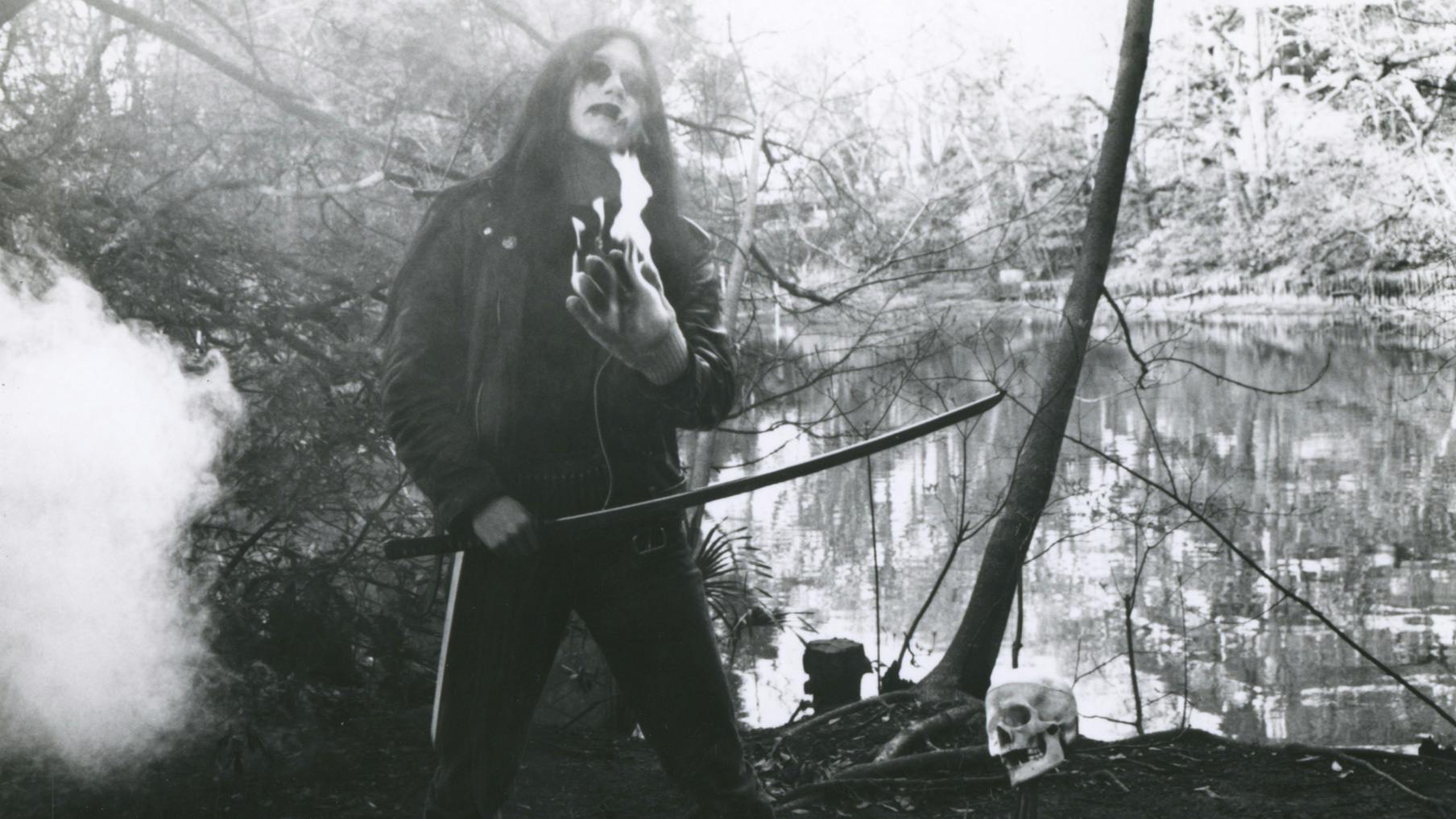Today, the band stand as one of the most wildly creative outfits ever to be dubbed black metal, thanks to a tirelessly-good run of albums that take in black metal racket (Hail Horror Hail), magic mushroom-guzzling psychedelia (Imaginary Sonicscape) and sax-wielding jazz-metal mayhem (Gallows Gallery). But before Scorn Defeat, with no precedent for any kind of breakout from the tiny scene, that wasn’t just not on the cards, it wasn’t even something that occurred to anyone.
“We never thought we'd be able to release an album or anything,” says Mirai, looking back, “simply because there were no Japanese extreme metal bands that had an album out internationally.”
While in Scandinavia the black metal scene was small but existent and gaining traction, in Japan there was next to nothing, and what was there had very narrow possibilities. Mainstream heavy metal and rock were huge, and even being interested in the occult wasn’t unusual for people of his age. But darker, more evil music found it harder to take root. Standing alongside Sigh were bands Sabbat and Abigail, who dubbed themselves ‘The most evil band in Japan’, but the scene was more or less the band members and a couple of other heads entrenched in a true underground.
“Extreme metal has never been big in Japan,” he recalls. “Right before I started Sigh, I met a guy named Jun Kokubo, who is a legendary person in the Japanese underground scene. He was publishing a fanzine named Deathrash Mayhem and had a band, Messiah Death. He showed me the much more underground world like fanzines and tape trading. That's how I got into the real underground.
“Nobody cared about early thrash metal like Venom or Bathory – literally nobody!” he continues. “But it was great for me because I was able to buy lots of LPs for $1 at record stores in Tokyo. I remember buying many rare Brazilian thrash records from [Brazilian underground label] Cogumelo Records for almost free back then.”
Knowing this, it’s small surprise when Mirai admits that his budding outfit “weren't ambitious at all, and we kind of hated to be ‘professional’”. Early gigs were ad-hoc affairs, where their then-three-piece line-up made recreating recorded songs live impossible. Instead, what audience there was would be treated to a set of Venom covers. “Some people got totally pissed saying, ‘We came here to hear Sigh songs, not Venom’s!’” laughs Mirai. “We were like, ‘What's wrong with that? We'd like to hear Venom songs more than ours!’”
